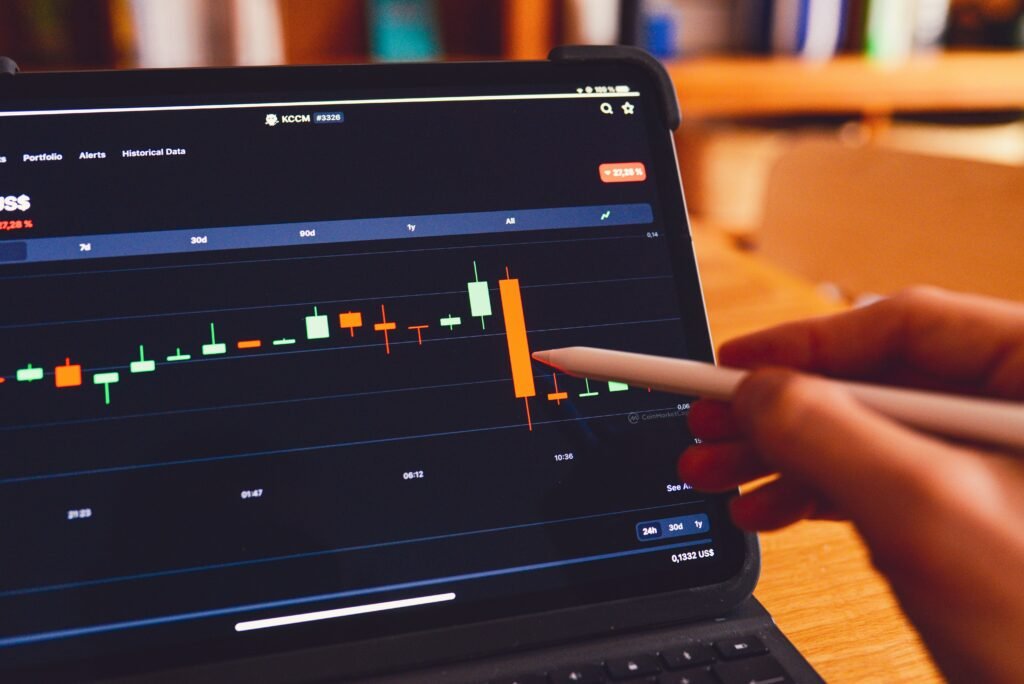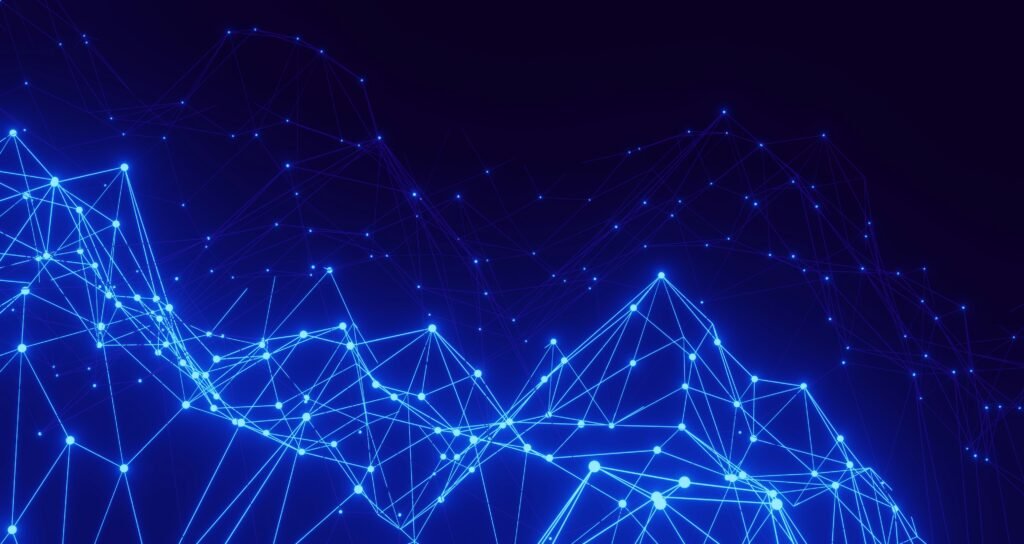By BlockAI
Lead
Upbit’s Dunamu has unveiled GIWA (Ethereum Layer 2), a new Layer 2 network built on the Optimism OP Stack. GIWA (Ethereum Layer 2) launched a Sepolia testnet and aims to speed transactions with roughly one-second block times. The project bundles a mobile GIWA Wallet and support for assets, NFTs, and dApps. South Korea is the project’s base, and the move signals a push by Upbit and Dunamu to deepen infrastructure capacity. Early rollout uses a centralized sequencing node with phased decentralization planned.
What GIWA offers
GIWA (Ethereum Layer 2) promises faster, cheaper transactions for users and builders on Ethereum. GIWA (Ethereum Layer 2) focuses on real-world asset support, NFTs, and integration with Upbit market data for verified liquidity. The GIWA Wallet will let users move tokens and interact with dApps from mobile devices. With Upbit and Dunamu backing, GIWA hopes to attract Korean and global developers. The team says stablecoin issuance on GIWA will follow regulatory approval.
How it works
GIWA (Ethereum Layer 2) is using optimistic rollups to scale Ethereum while keeping compatibility. GIWA (Ethereum Layer 2) builds on the Optimism OP Stack, which simplifies rollup deployment and tooling for developers. GIWA’s design includes a centralized sequencing node at launch to manage fast block times and order flow. That sequencing model is slated to decentralize over time as governance and validators mature. The architecture aims to balance performance with eventual community control.
Testnet and wallet
GIWA (Ethereum Layer 2) began with trademark filings and Sepolia testnet activity in recent weeks. GIWA (Ethereum Layer 2) testnet users can trial the GIWA Wallet and see near-instant finality. Dunamu’s Lambda256 team, led by CTO Rei Nam, is coordinating technical work alongside Upbit leadership. Korean developers are being courted to build dApps and integrate assets on GIWA. The Sepolia testnet will shape the mainnet rollout and governance mechanics.
Regulatory and centralization
GIWA (Ethereum Layer 2) raises questions about centralization because it starts with a centralized sequencing node. GIWA (Ethereum Layer 2) ties to Upbit’s market data and regulatory posture in South Korea, which could drive compliance features. Dunamu’s choice to centralize initially reflects legal and operational caution. Regulators, developers, and community members are watching how GIWA balances speed, privacy, and decentralization. Stablecoin plans depend on Korean regulatory clarity.
Why it matters
GIWA (Ethereum Layer 2) is part of a broader infrastructure race among exchanges and builders. GIWA (Ethereum Layer 2) could keep Korean talent working locally and reduce reliance on foreign networks. By using the Optimism OP Stack, GIWA lowers the barrier for dApp migration and tooling reuse. GIWA positions Upbit and Dunamu as infrastructure players, not just an exchange. That shift may reshape local Web3 ecosystems and international partnerships.
Next steps and risks
GIWA (Ethereum Layer 2) will move from Sepolia tests to staged launches and governance talks. GIWA (Ethereum Layer 2) must resolve centralization concerns and secure regulator buy-in for stablecoins. The project’s success will depend on developer uptake and clear decentralization milestones. Upbit and Dunamu have the market clout, but community trust will be crucial. Watch technical updates, testnet metrics, and governance timelines closely.
Frequently asked questions about GIWA (Ethereum Layer 2) (FAQ)
Q: Who is behind GIWA (Ethereum Layer 2)?
A: GIWA (Ethereum Layer 2) is developed by Upbit’s parent Dunamu and Lambda256, led by CEO Oh Kyung-seok and CTO Rei Nam.
Q: What technology does GIWA use?
A: GIWA (Ethereum Layer 2) uses optimistic rollups and is built on the Optimism OP Stack for Ethereum compatibility.
Q: Is there a wallet or testnet now?
A: Yes. GIWA (Ethereum Layer 2) launched a Sepolia testnet and offers a mobile GIWA Wallet for early testing.
Q: Will GIWA be centralized?
A: Initially GIWA (Ethereum Layer 2) uses a centralized sequencing node with plans to decentralize over time. Centralization remains a key concern.
Q: Why is South Korea important for GIWA?
A: South Korea hosts Upbit and Dunamu. GIWA (Ethereum Layer 2) aims to strengthen local developer activity and align with Korean regulations.
(End)



